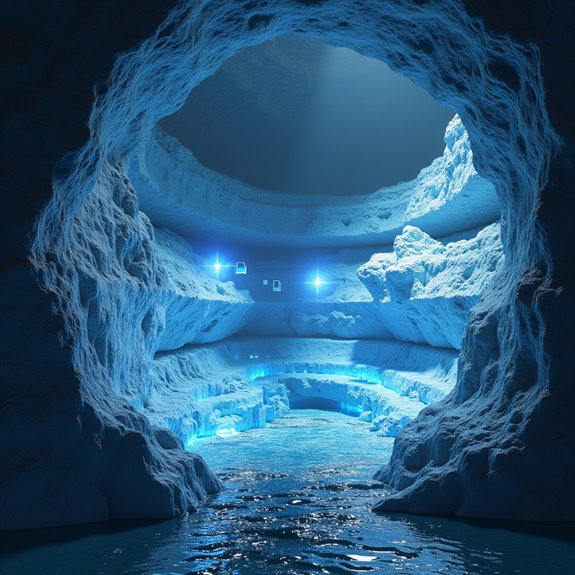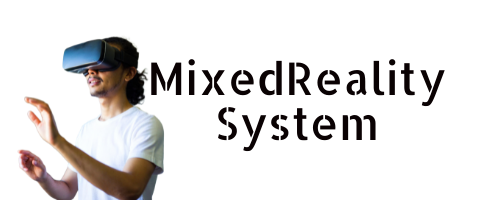Virtual reality transforms geological exploration by letting scientists virtually step inside Earth's complex underground structures. Through immersive 3D visualizations, geologists can now manipulate and analyze rock formations like digital building blocks, making the invisible visible. This technology enables teams worldwide to collaborate in virtual environments, revolutionizing how they study geological data and identify hidden features. The future of Earth science lies just beneath the surface of this game-changing innovation.

Few technological advancements have revolutionized geological exploration quite like virtual reality, transforming the way scientists peek into Earth's hidden mysteries. Gone are the days when geologists had to rely solely on their imagination to visualize complex underground structures – now they can literally step inside their data and walk through virtual rock formations as if they were exploring a fantastic geological playground.
The Virtual Reality Geomodeling Environment (VRGE) has become a game-changer in the field, letting scientists manipulate and study geological models with the same ease as kids playing with building blocks. Instead of squinting at flat screens and scratching their heads over 2D maps, researchers can now plunge into immersive 3D visualizations that make understanding Earth's architecture as intuitive as exploring your own backyard. The integration of Geographic Information System analysis enhances these visualizations with sophisticated spatial data handling capabilities. The innovative jetpack feature allows geologists to gain aerial perspectives of sites that would be impossible to achieve in traditional field visits.
VR transforms complex geological data into an intuitive playground, where scientists explore Earth's architecture as easily as children stack blocks.
What's particularly exciting is how VR has opened up geological exploration to everyone, not just the hardy souls willing to climb mountains or descend into mines. Students can now virtually visit remote geological sites from their classrooms, making field trips possible even when the actual locations are on the other side of the planet or buried kilometers underground. This immersive learning approach has shown to improve knowledge retention by up to 75% compared to traditional methods. It's like having a geological teleporter, minus the risk of materializing inside solid rock!
The cost-effectiveness of modern VR systems has been a real blessing for research institutions. Using consumer-grade headsets instead of expensive CAVE systems means more scientists can access these tools, leading to better collaboration and faster discoveries. Teams can now work together in virtual environments, pointing out interesting features and discussing findings as if they were standing side by side, even when they're continents apart.
Perhaps most importantly, VR helps scientists better understand uncertainty in geological models, which is essential for making informed decisions about exploration and mining. By visualizing complex data in more intuitive ways, researchers can spot patterns and potential risks that might have been missed in traditional 2D representations. It's like having X-ray vision for Earth's crust, making the invisible visible and the complex comprehensible.
Frequently Asked Questions
How Much Does VR Equipment for Geological Exploration Typically Cost?
Basic VR equipment costs $300-1000 for headsets, while professional geological exploration setups, including specialized software and data integration systems, can range from $5,000-50,000 per unit.
Can VR Systems Work Effectively in Remote Areas With Limited Internet Connectivity?
VR systems can operate effectively in remote areas through offline capabilities, local data storage, and compression techniques. Satellite connectivity and portable equipment provide additional solutions for limited internet environments.
What Are the Power Requirements for VR Geological Equipment in Field Operations?
VR field equipment requires 5-15 watts of power, portable batteries with 2+ hours life, backup power sources, and fast-charging systems. Generators may supplement power needs during extended operations.
How Long Does It Take to Train Geologists in Using VR Exploration Tools?
Geologists typically require 2-3 days for basic VR tool proficiency, while extensive training takes 1-2 weeks. The four-times-faster learning rate accelerates mastery of exploration applications.
Are VR Geological Systems Compatible With Existing Mining Software and Databases?
Most geological VR systems have limited compatibility with existing mining software, requiring additional tools for integration. Direct compatibility varies by system, with standardization efforts still ongoing.



Leave a Reply